Do you love a glass of wine, but worry about the impact it might have on your waistline? Well, fret no more! In this article, we will uncover the best wines for weight loss – yes, you read that right. It turns out that not all wines are created equal when it comes to calories and sugar content.
Whether you’re a red wine enthusiast or prefer a crisp white, we’ve got you covered with some surprising options that won’t derail your health goals. So grab your corkscrew and get ready to uncork the secrets of enjoying wine without compromising your waistline!
Why wine can be part of a weight loss plan
One might assume that wine and weight loss are contradictory concepts. However, there is evidence to suggest that wine can actually be a beneficial component of a weight loss plan. Firstly, moderate consumption of red wine has been associated with a reduced risk of obesity. This may be due to the presence of resveratrol, a compound found in grapes, which has been shown to inhibit fat storage and promote the metabolism of existing fat cells.
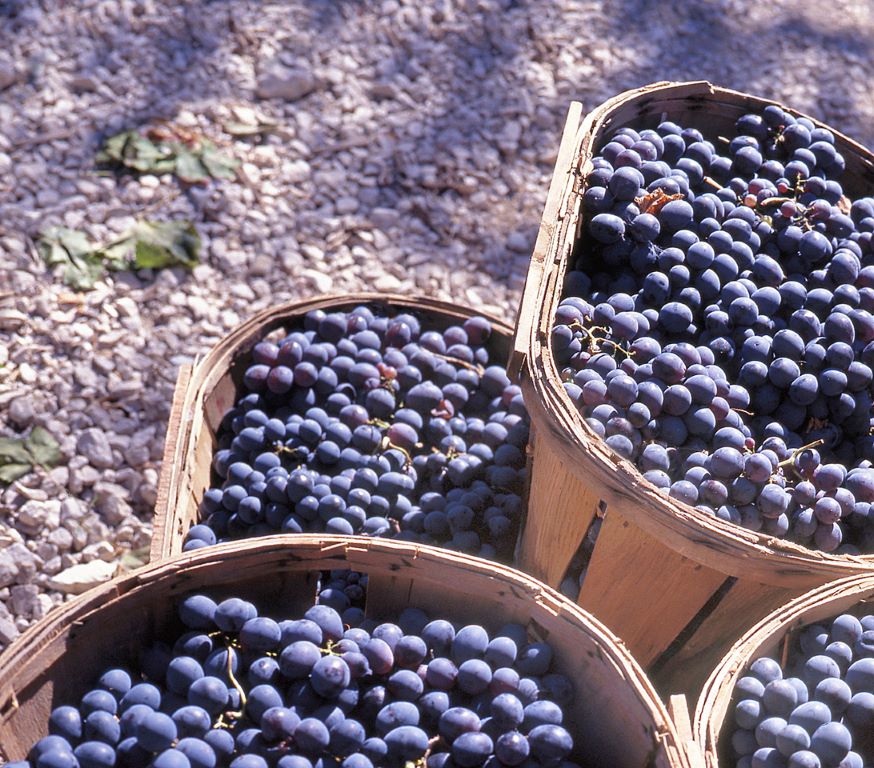
Furthermore, choosing a glass of wine over other alcoholic beverages or sugary cocktails can be a strategic move for weight management. Wine typically has fewer calories than many other alcoholic drinks while still providing the satisfaction of enjoying an adult beverage. Additionally, drinking wine can have an appetite-suppressing effect due to its alcohol content and can lead to more mindful eating choices during meals. By savoring a glass of wine before or with food, one may feel more satisfied and less inclined to overeat.

In conclusion, incorporating moderate amounts of wine into a weight loss plan can offer surprising benefits. Not only does red wine contain compounds that support fat metabolism, but it also provides an enjoyable alternative to higher-calorie beverages. As with any aspect of dieting or lifestyle changes aimed at weight loss, moderation is key – it’s important to strike a balance between indulgence and discipline in order to achieve long-term success.
Understanding the calorie content of wine
If you’re a wine lover who’s conscious about your calorie intake, understanding the calorie content of wine can be helpful in maintaining a balanced diet. While wine is often associated with celebration and indulgence, it’s important to realize that not all wines are created equal when it comes to calories.
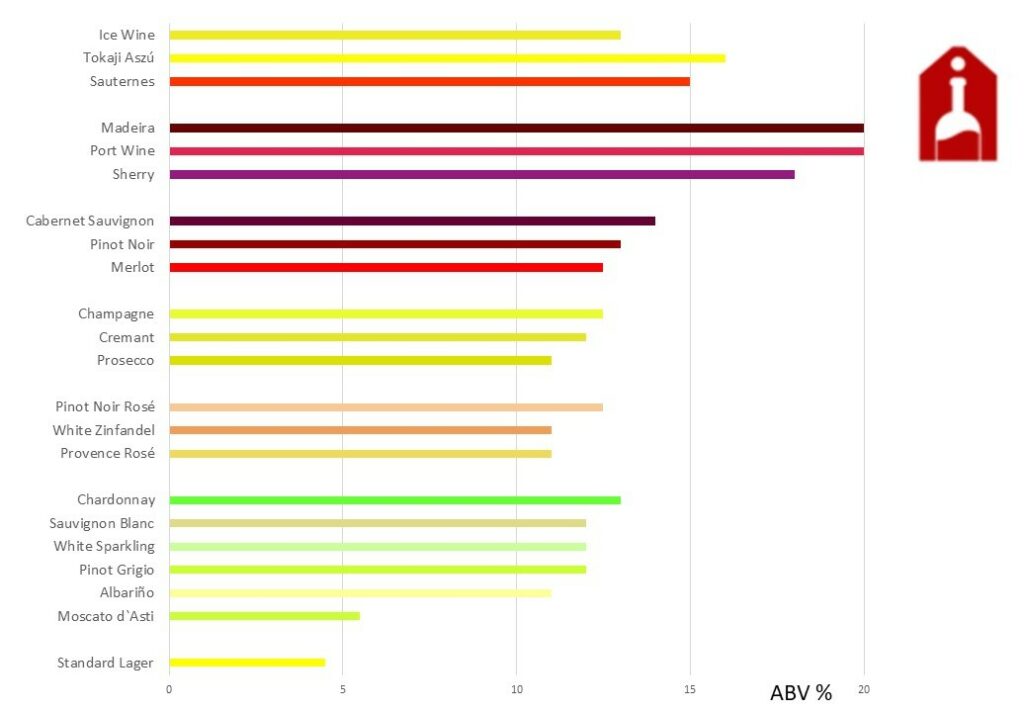
One key factor that affects the calorie content of wine is the alcohol percentage. Generally, wines with higher alcohol percentages tend to have more calories. This is because alcohol itself contains calories – about 7 calories per gram – so wines with higher alcohol contents naturally have more calories. However, this doesn’t mean you should completely avoid high-alcohol wines if you’re watching your calorie intake; instead, moderation is key.
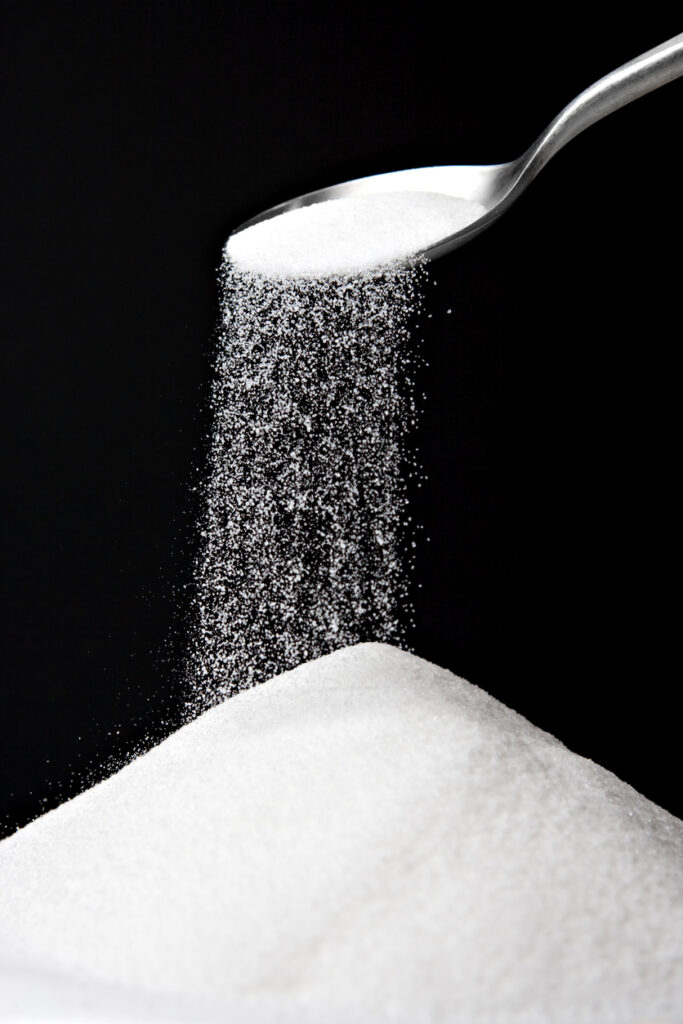
Another factor to consider when determining the calorie content of wine is residual sugar. Sweet or dessert wines typically contain more residual sugar, which adds on extra calories compared to dryer wines. Therefore, opting for drier styles like brut champagne or dry reds can be a better choice if you’re looking for lower-calorie options.
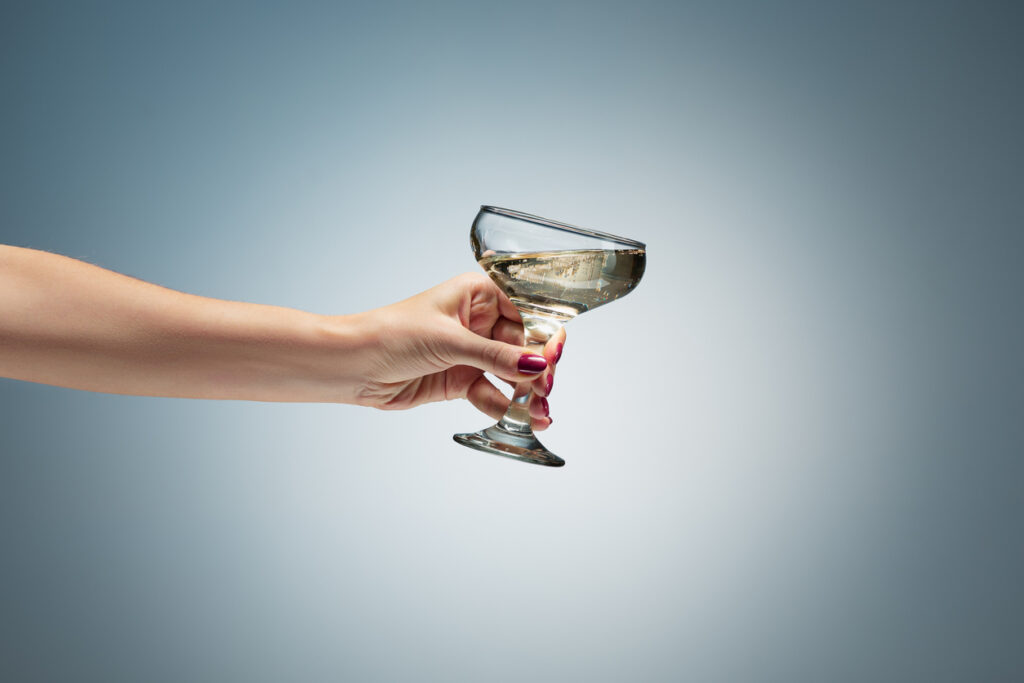
By being mindful of these factors and choosing wisely among various options available, you can still enjoy a glass (or two) of your favorite vino without compromising on your health goals. Remember that knowledge is power and understanding the calorie content of different wines helps you make informed decisions towards maintaining a balanced lifestyle while still savoring life’s simple pleasures. Cheers!
The importance of portion control
When it comes to maintaining a healthy lifestyle and achieving your diet goals, portion control is essential. This applies not only to the food you consume but also to the beverages you indulge in, including wine. While many people think of wine as a healthier option than cocktails or sugary drinks, it’s important to be mindful of how much you’re pouring into your glass.
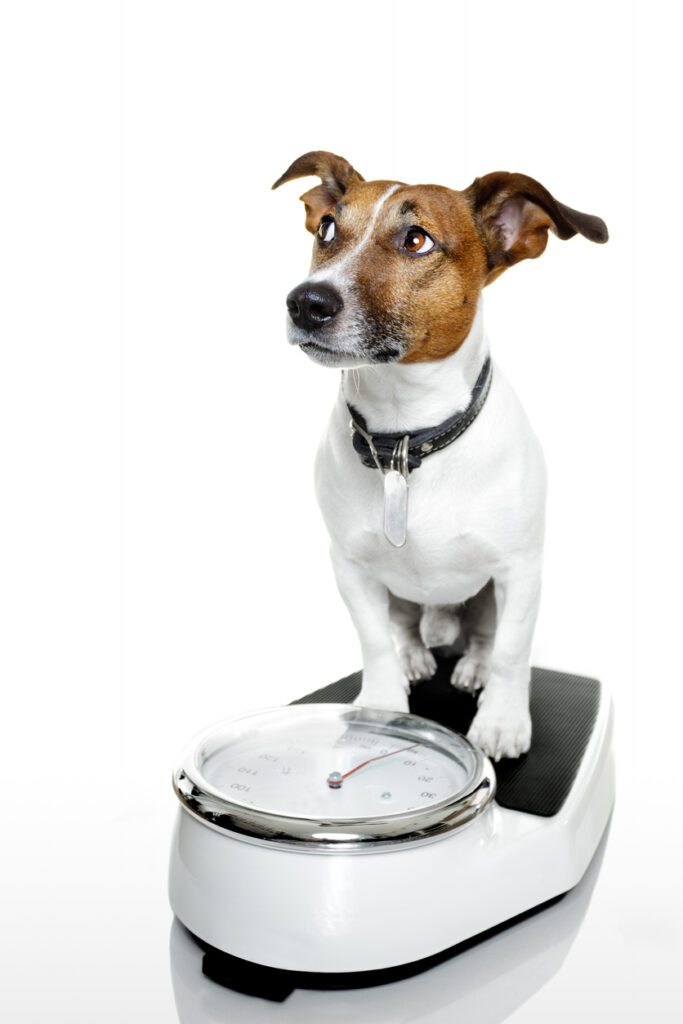
The first thing to consider is that wine contains calories just like any other alcoholic drink. In fact, a standard 5-ounce (148 ml) glass of red or white wine typically packs around 120-130 calories – and the average pour at a restaurant is often much larger than that! By practicing portion control with your wine consumption, you can easily avoid consuming excess calories that could hinder your weight loss efforts.
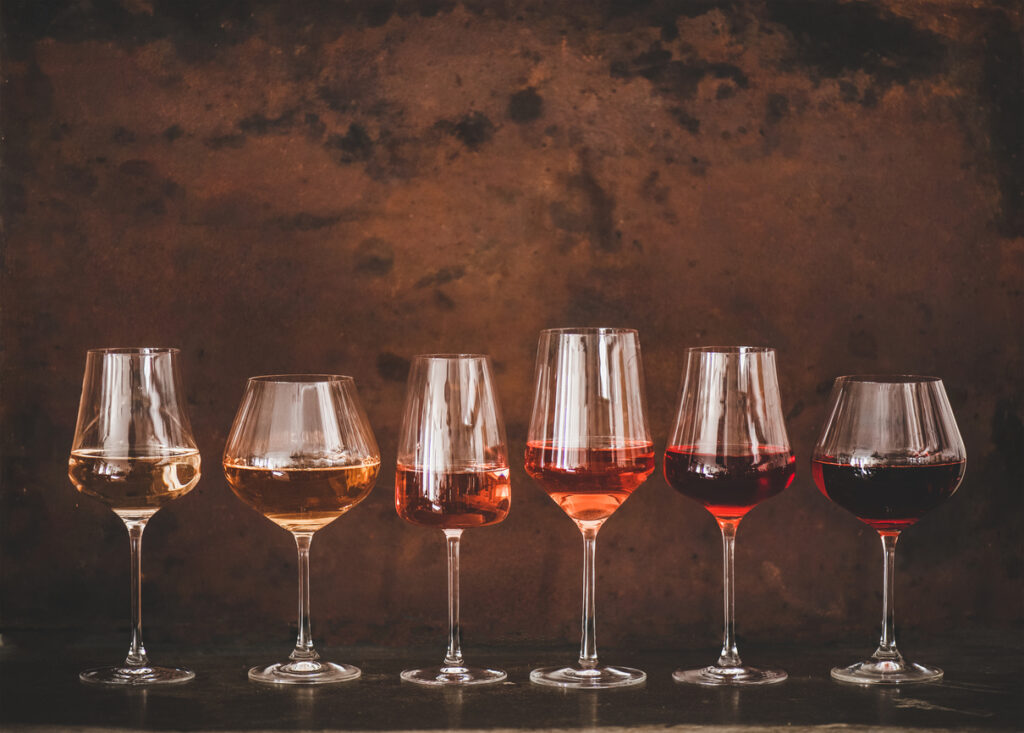
Another reason why portion control matters when it comes to wine is its potential impact on self-control. We’ve all experienced those moments when one glass turns into two or three without us even realizing it. By being conscious of how much we pour and savoring each sip mindfully, we can not only cut back on unnecessary calories but also ensure that we do not jeopardize our ability to make wise dietary choices while under the influence.
Choosing lower calorie wine options
Lower calorie wine options are becoming increasingly popular among health-conscious consumers who want to enjoy their favorite beverage while still maintaining a balanced diet. One such option is sparkling wines, which often have fewer calories compared to other types of wine. This is because they undergo a second fermentation process that produces carbon dioxide, creating bubbles and reducing the sugar content. Opting for dry sparkling wines instead of sweet ones can further reduce the calorie intake.
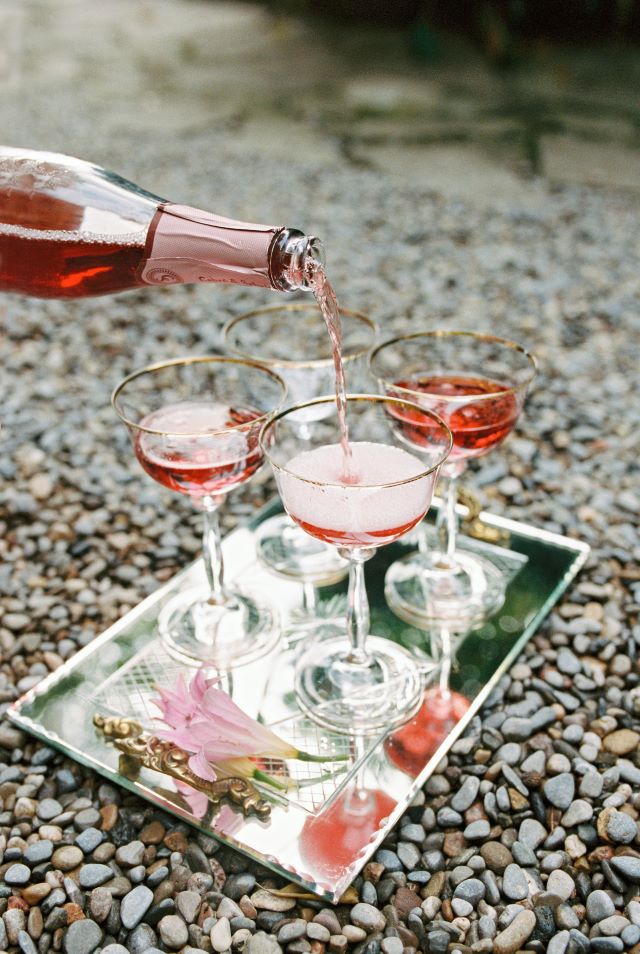
Another great choice for those seeking lower calorie options is white wine. While not all white wines are low in calories, certain varieties like Sauvignon Blanc and Pinot Grigio tend to be on the lighter side. These wines are generally made from grapes with lower sugar content, resulting in fewer calories. Additionally, if you prefer a sweeter taste but still want to cut down on calories, you can try an off-dry Riesling or Moscato; they offer sweetness without being overly heavy.
Wines with lowest calorie content
With the increasing popularity of healthy eating and living, people are becoming more conscious of their calorie intake. However, this doesn’t mean you have to give up on enjoying a good glass of wine. There are several options available for those who want to indulge without the guilt.
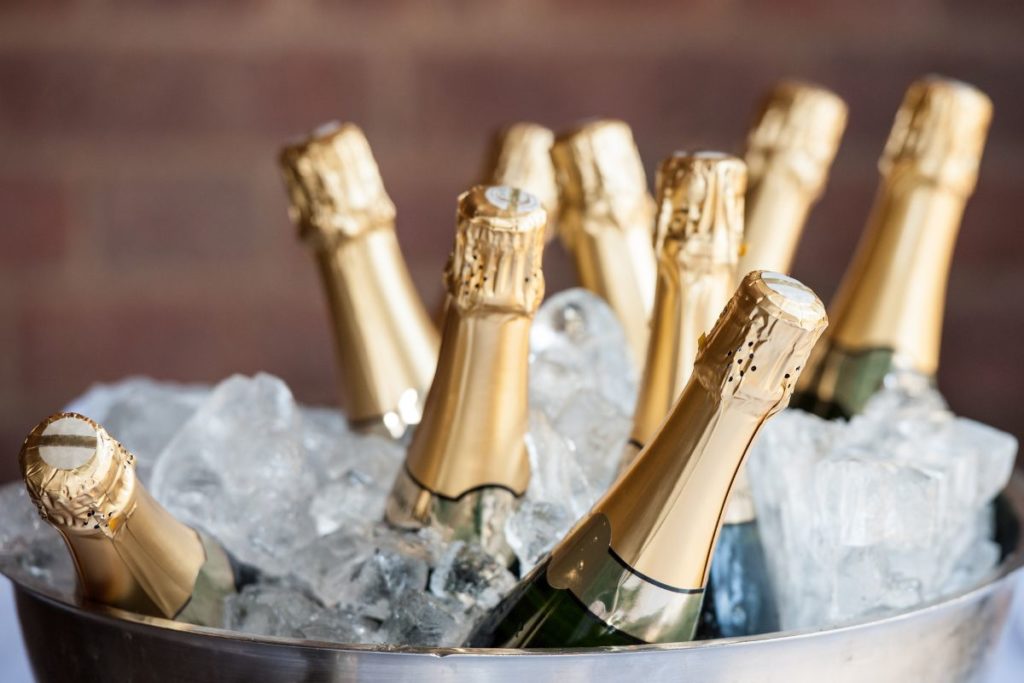
One great choice for low-calorie wines is sparkling wine or Champagne. These bubbly delights are not only festive and enjoyable but also tend to have fewer calories compared to other types of wine. Stick with Brut or Extra Dry options, as they contain less sugar and therefore fewer calories.
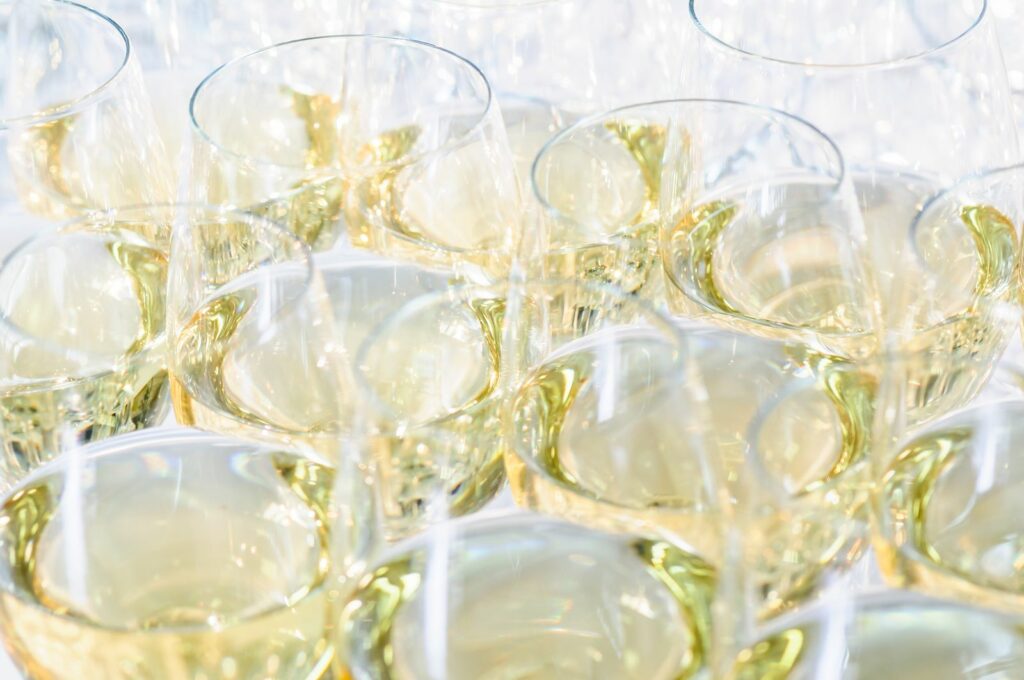
Another option is white wine, particularly Sauvignon Blanc or Pinot Grigio. These crisp and refreshing choices tend to be lower in alcohol content, which means fewer calories per glass. Opting for a dry white wine over a sweeter variety will also help in reducing your calorie intake further.
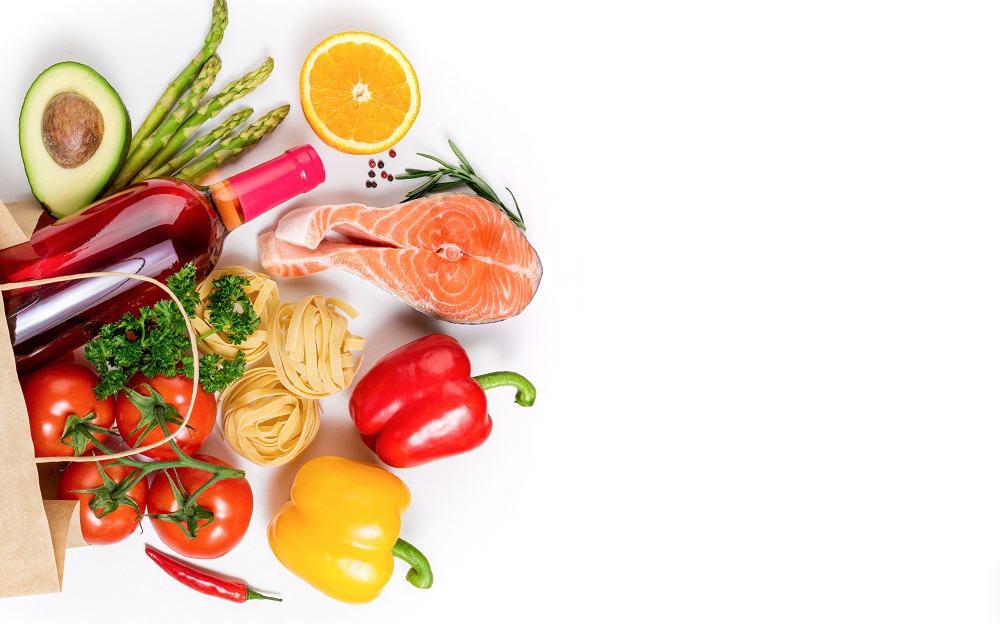
Finding wines with lower calorie content doesn’t mean sacrificing flavor or enjoyment. With careful selection and moderation, you can still savor your favorite libations while maintaining a balanced lifestyle that includes both healthful choices and indulgences. Why not try out some low-calorie wine options during your next gathering or when unwinding after a long day? Cheers!
Pairing wine with healthy meals and snacks
Pairing wine with healthy meals and snacks can be a delightful way to enhance your dining experience while still maintaining a balanced lifestyle. When it comes to choosing the right wine, opt for lighter wines, such as Pinot Grigio or Sauvignon Blanc, that complement the freshness of ingredients in your meal. These wines tend to have higher acidity and lower alcohol content, making them a perfect match for vegetable-based dishes or salads. The crispness of these wines adds a refreshing touch and doesn’t overpower the natural flavors of your healthy meals.
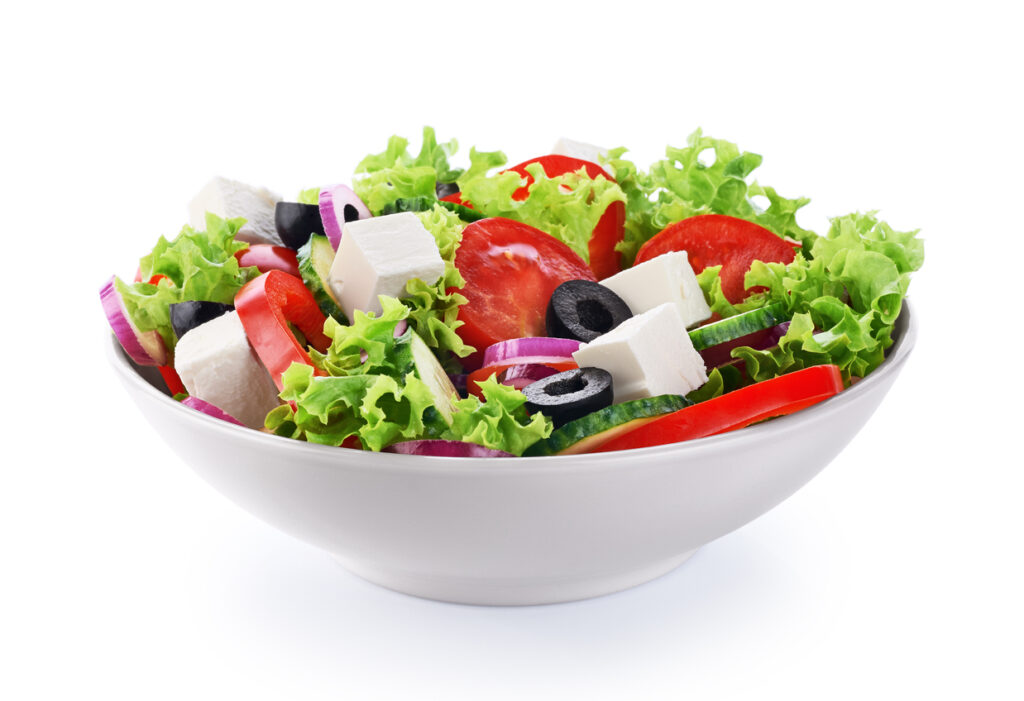
If you’re looking for an evening snack that pairs well with wine, consider reaching for a plate of fresh fruits and cheeses. The sweetness and juiciness of ripe fruits like grapes, apples, or pears can beautifully balance the acidity in white wine varieties like Chardonnay or Riesling. On the other hand, pairing reds like Merlot or Cabernet Sauvignon with sharp cheeses like Gouda or aged cheddar creates a flavor combination that’s both complex and satisfying.

Remember that moderation is key when enjoying wine alongside healthy meals and snacks. Enjoying one glass mindfully can enhance your culinary experience by showcasing the harmonious relationship between food and drink while promoting good health practices at the same time.
Balancing wine consumption with exercise routine
Finding balance in life is essential, and this applies to all aspects, including exercise routines and wine consumption. While indulging in a glass of wine can be enjoyable and even healthy to some extent, it is important to strike a balance between the pleasure of sipping your favorite vintage and maintaining a regular fitness routine.

The key lies in moderation. Wine contains antioxidants that have been suggested to provide health benefits, such as reducing inflammation and promoting heart health. However, excessive alcohol consumption can lead to weight gain, disrupted sleep patterns, reduced muscle recovery, and decreased athletic performance. By enjoying wine in moderation and within limits recommended by experts (for example, one glass for women or two glasses for men), you can reap its potential benefits without undermining your fitness goals.

Another approach to finding the right balance between wine indulgence and exercise is understanding the timing of both activities. For instance, scheduling workouts prior to having a glass of wine allows your body enough time to metabolize alcohol before bedtime while still benefitting from improved blood flow during exercise that aids in eliminating toxins from your body efficiently. On days when you plan on exercising intensely or engaging in endurance activities like long runs or bike rides, it might be wise to abstain from consuming any alcohol beforehand as it may interfere with optimal hydration levels needed for peak performance.

Achieving harmony between your love for wine and maintaining an active lifestyle is about making conscious choices tailored specifically for you. It’s about being mindful of how much you consume while remaining committed to keeping yourself physically
Alcohol calories vs food calories
When it comes to the race of calorie consumption, alcohol takes a swift lead. Our bodies prioritize metabolizing alcohol over food because of its toxic nature. Unlike the other macronutrients (carbohydrates, proteins, and fats) that require complex processes for digestion and absorption, our bodies can quickly break down alcohol through a process called oxidation. Consequently, this means that the calories consumed from alcohol are processed before the calories from food.
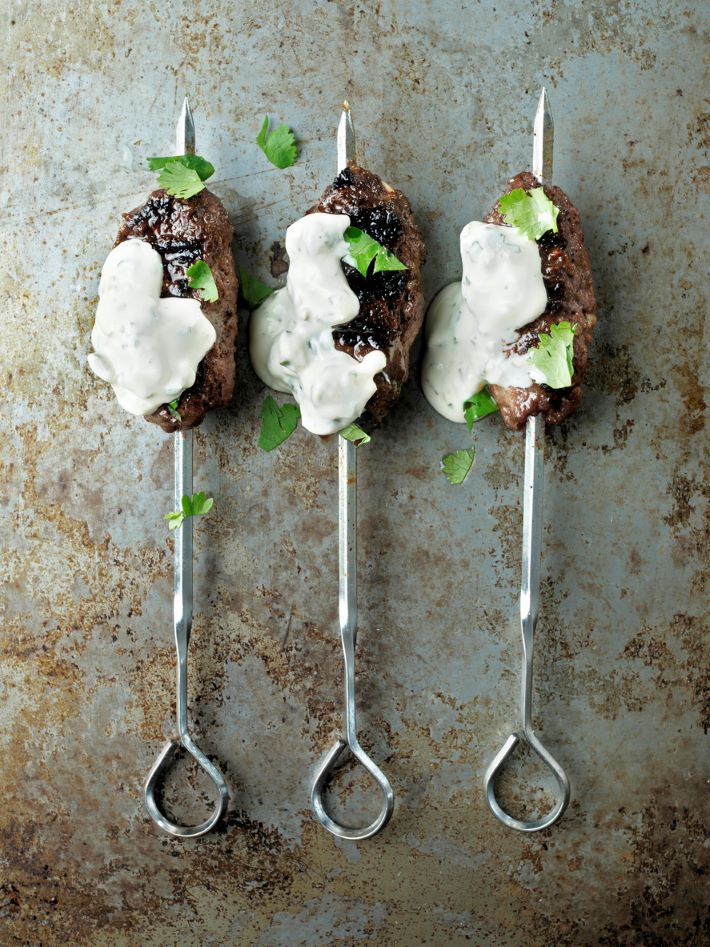
While alcohol may be rapidly digested and absorbed by our bodies, we cannot neglect the fact that it is a significant source of empty calories. Unlike food, which provides essential nutrients required for various bodily functions, alcoholic beverages lack these vital components. This imbalance can hinder our overall health goals as excessive alcohol consumption not only impedes nutrient absorption but also contributes to weight gain in the long run.
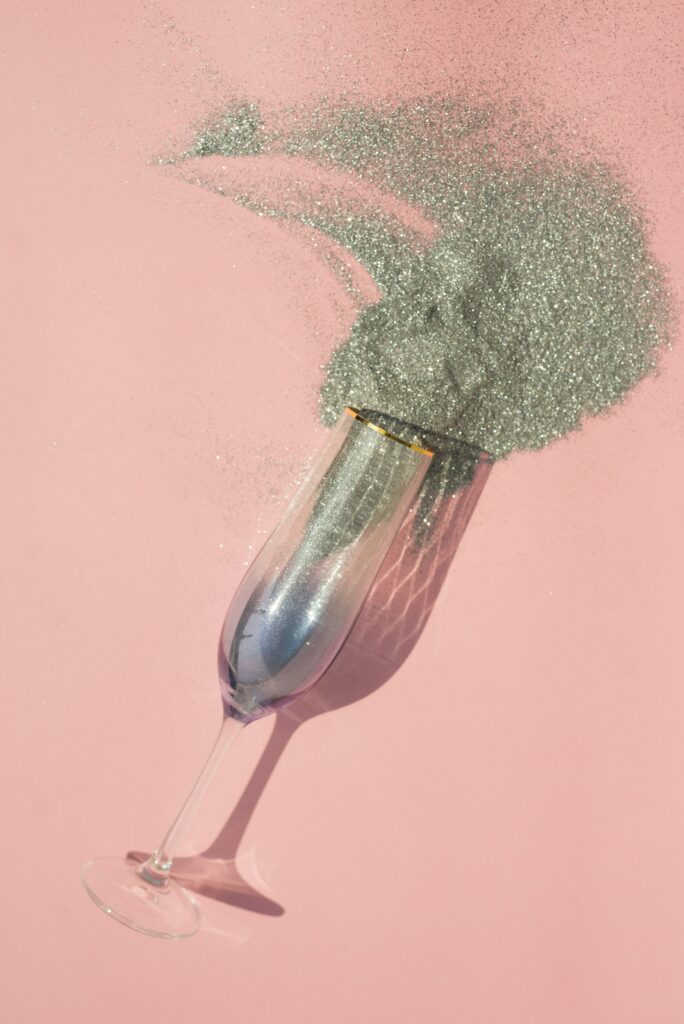
While it may seem enticing to substitute meals with alcoholic beverages to save on calorie intake or indulge in regular drinking habits without affecting body weight, this approach is counterproductive for maintaining overall health. Despite being consumed faster than food in terms of metabolism, the empty calories from alcohol offer no nutritional value and can contribute to various adverse effects on our bodies over time. It’s important to prioritize nutrient-dense foods over high-calorie alcoholic drinks when striving for a healthy lifestyle.
Conclusion:
Finding the right wine to enjoy while on a diet does not have to be a daunting task. By considering the sugar and alcohol content, as well as opting for lighter varieties such as dry whites or sparkling wines, it is possible to indulge in a glass of wine without sabotaging your weight loss efforts. Remember to also practice moderation and pair your wine with healthy food choices to fully enjoy the experience. So go ahead, raise your glass and savor the flavors guilt-free – because when it comes to wine and dieting, there are options for everyone’s taste buds. Cheers!

